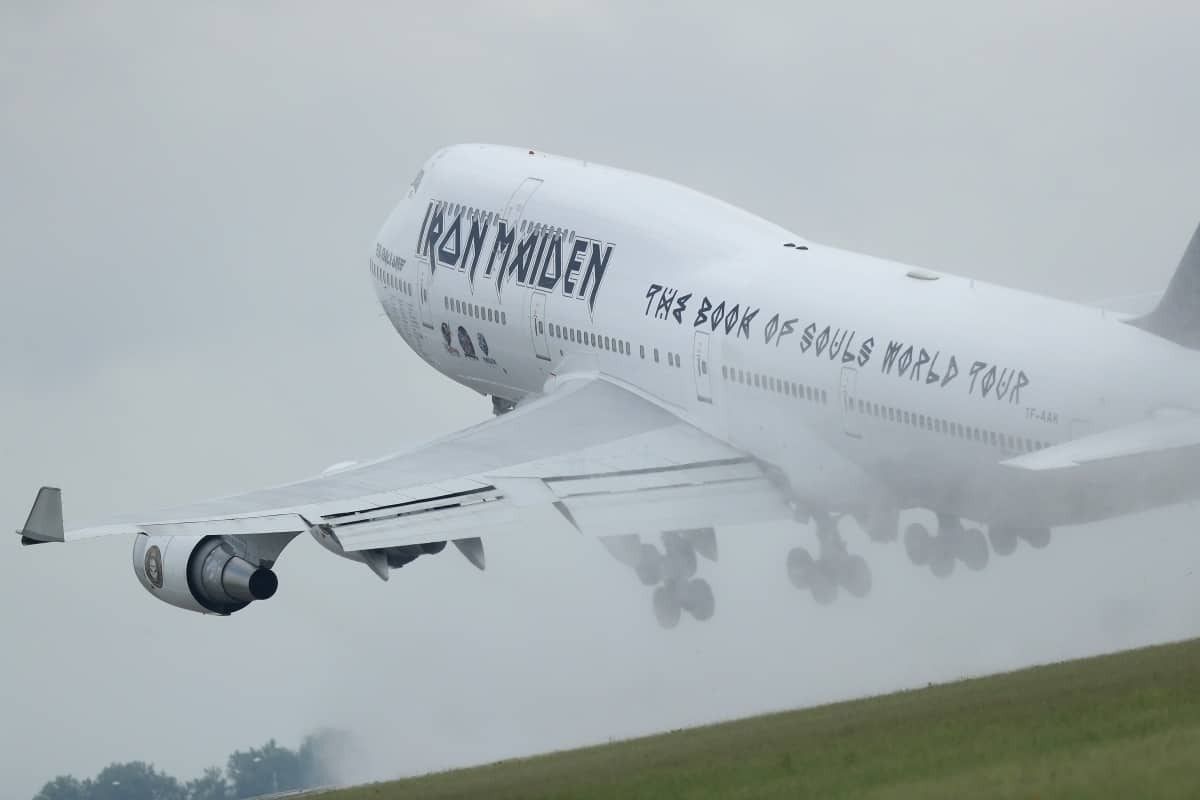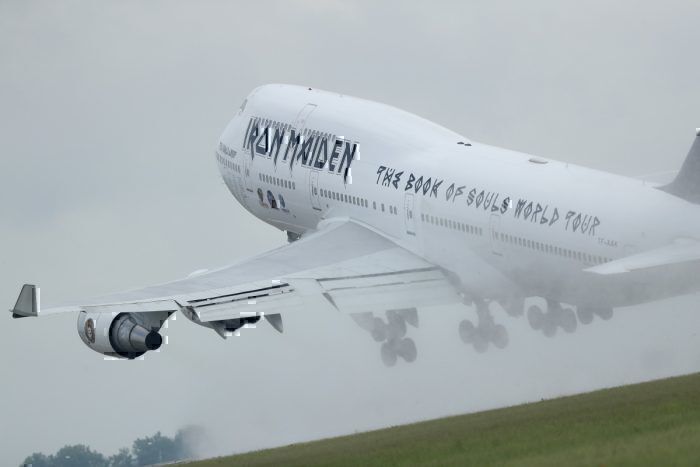The Boeing 747 is capable of many incredible manoeuvres thanks to the fantastic engineering and skill of pilots. However, could a Boeing 747 actual fly upside down? Let's find out.
Flying upside down vs a barrel roll
Before we dive into the technicalities of upside-down flight, we need to discuss specifically the difference between sustained inverted flight and a simple barrel roll.
Most aircraft can complete a slow barrel roll along a horizontal axis without stressing the airframe (although they will lose a bit of altitude). This is because the forces exerted on the aircraft is the same throughout the manoeuvre. As the plane is continuously turning, none of the components are affected in the short inversion. It is the same idea behind a rollercoaster; the cars have the momentum to go through loops and inversions so quickly that it does not affect the passengers in any serious way.
A famous example of a passenger aircraft performing a barrel roll (technically an aileron roll) would be the Boeing 367-80 (Dash 80), which the four-engined aircraft delivered in succession without permission to impress buyers for Boeing's first jet aircraft. You can watch it below.
Flying upside down for an extensive amount of time introduces some additional factors that make things a little more complicated. Factors such as the pilot's comfort, hydraulics, stable horizontal flight and more. Many components of an aircraft that maintain fuel lines and hydraulics require gravity to allow the liquids to move throughout the airframe. If upside-down, air may enter the system and render these components unresponsive.
Can a Boeing 747 fly upside down?
The issue that mainly comes to mind with the Boeing 747 is that it would not be able to maintain a level flight if it went upside down. As soon as the Boeing 747 becomes inverted, the engines will 'flame out' due to the lack of fuel passing through the lines.
Now you have to restart the engines, all four of them, without the engines receiving fuel. At the same time, the aircraft is losing altitude rapidly and will soon crash. At this stage, your best bet is to rotate the plane the correct way back up and try to fix it from there. You can read about a Boeing 747 losing all engines here.
Additionally, for the Boeing 747-400 and Boeing 787-8, there is an automatic aileron lockout system in place. This prevents the aircraft from performing any manoeuvres that might stress the airframe, such as a roll upside down. Interestingly, this only kicks in at over 240 knots so you could try going at a prolonged speed, but naturally, it is unlikely you would survive it.
Lastly, you would need to find someone who has the skill and the spare million dollar Boeing 747 to try it.
Bottom line
Upside down flight has been dramatically portrayed in Hollywood, such as the film Flight in 2012.
The pilot in the film flew a 150-seat MD-88 upside down extensively to maintain a level flight. This, however, is a little bit of Hollywood magic. According to Airline Ratings, Boeing at the time said,
"The MD-80 series cannot sustain inverted flight. The MD-80, as with all commercial airliners, was designed to fly upright. Commercial airliners are only tested and certified for upright flight."
What do you think? Would you want to be on an upside-down Boeing 747? Let us know in the comments.


